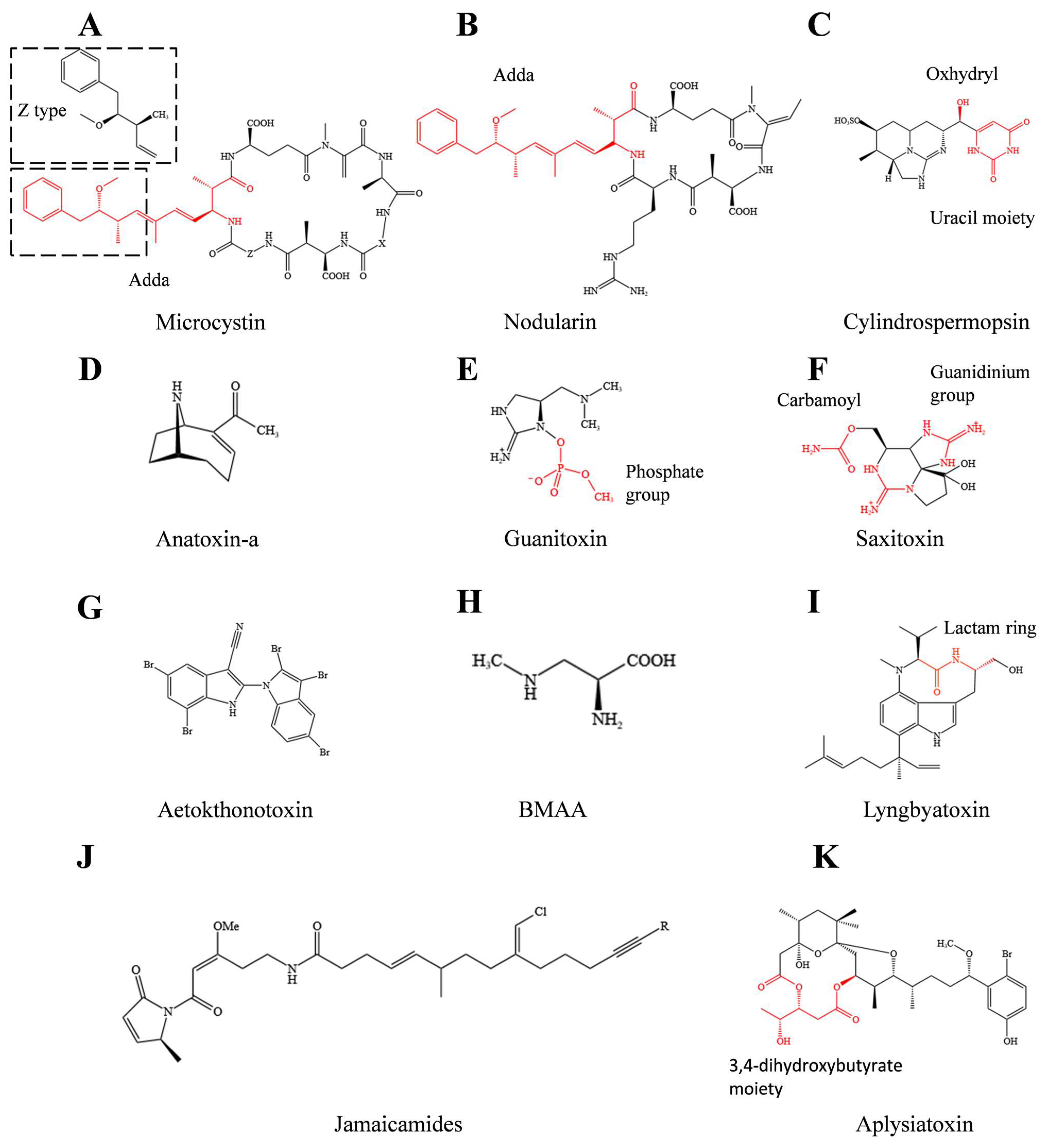Biology, Free Full-Text
Por um escritor misterioso
Descrição
Cyanobacteria are a diverse group of organisms known for producing highly potent cyanotoxins that pose a threat to human, animal, and environmental health. These toxins have varying chemical structures and toxicity mechanisms and several toxin classes can be present simultaneously, making it difficult to assess their toxic effects using physico-chemical methods, even when the producing organism and its abundance are identified. To address these challenges, alternative organisms among aquatic vertebrates and invertebrates are being explored as more assays evolve and diverge from the initially established and routinely used mouse bioassay. However, detecting cyanotoxins in complex environmental samples and characterizing their toxic modes of action remain major challenges. This review provides a systematic overview of the use of some of these alternative models and their responses to harmful cyanobacterial metabolites. It also assesses the general usefulness, sensitivity, and efficiency of these models in investigating the mechanisms of cyanotoxicity expressed at different levels of biological organization. From the reported findings, it is clear that cyanotoxin testing requires a multi-level approach. While studying changes at the whole-organism level is essential, as the complexities of whole organisms are still beyond the reach of in vitro methodologies, understanding cyanotoxicity at the molecular and biochemical levels is necessary for meaningful toxicity evaluations. Further research is needed to refine and optimize bioassays for cyanotoxicity testing, which includes developing standardized protocols and identifying novel model organisms for improved understanding of the mechanisms with fewer ethical concerns. In vitro models and computational modeling can complement vertebrate bioassays and reduce animal use, leading to better risk assessment and characterization of cyanotoxins.
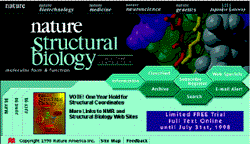
A new spin on the Web Nature Structural & Molecular Biology
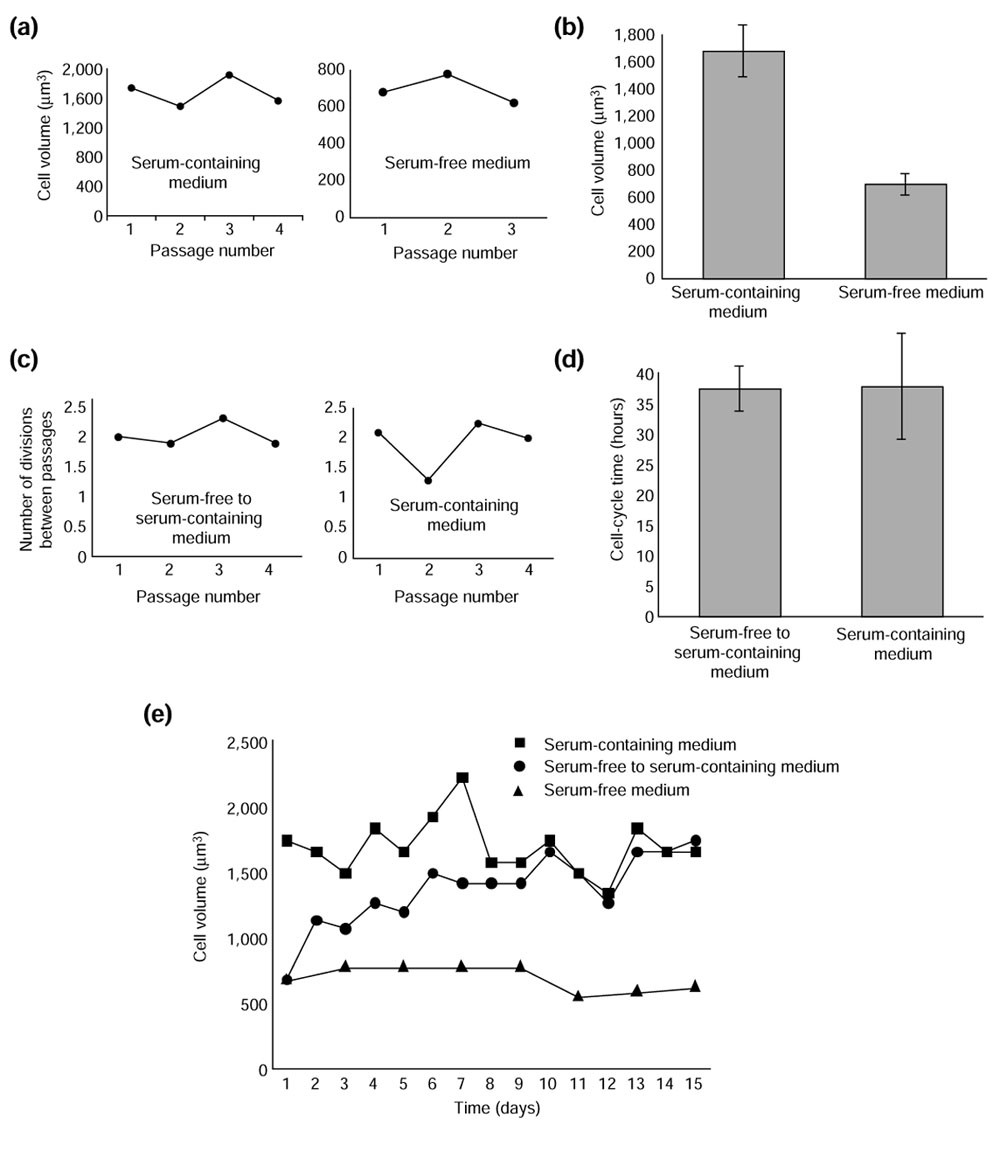
Differences in the way a mammalian cell and yeast cells coordinate cell growth and cell-cycle progression, Journal of Biology
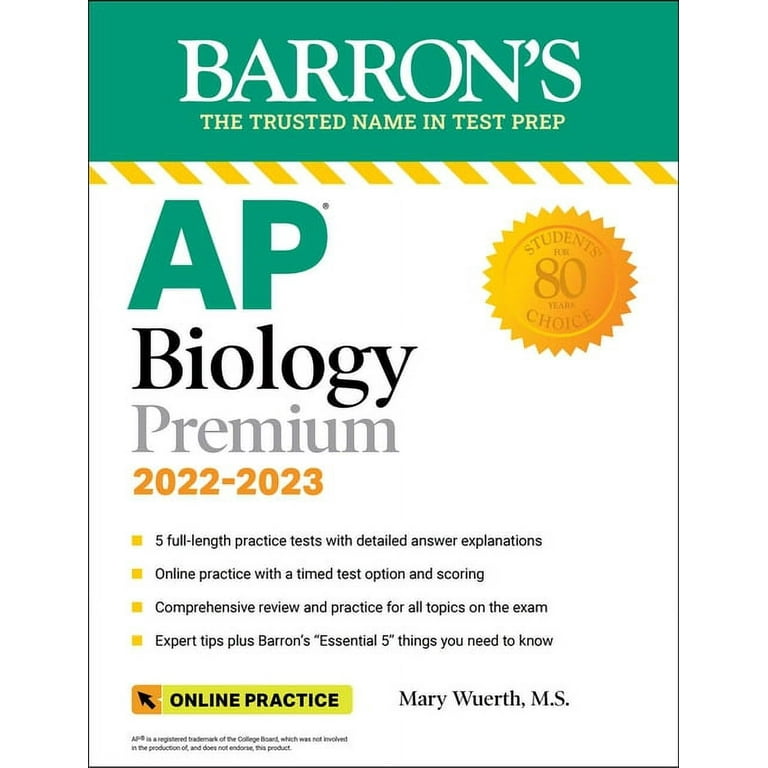
Barron's AP: AP Biology Premium, 2022-2023: Comprehensive Review with 5 Practice Tests + an Online Timed Test Option (Paperback)
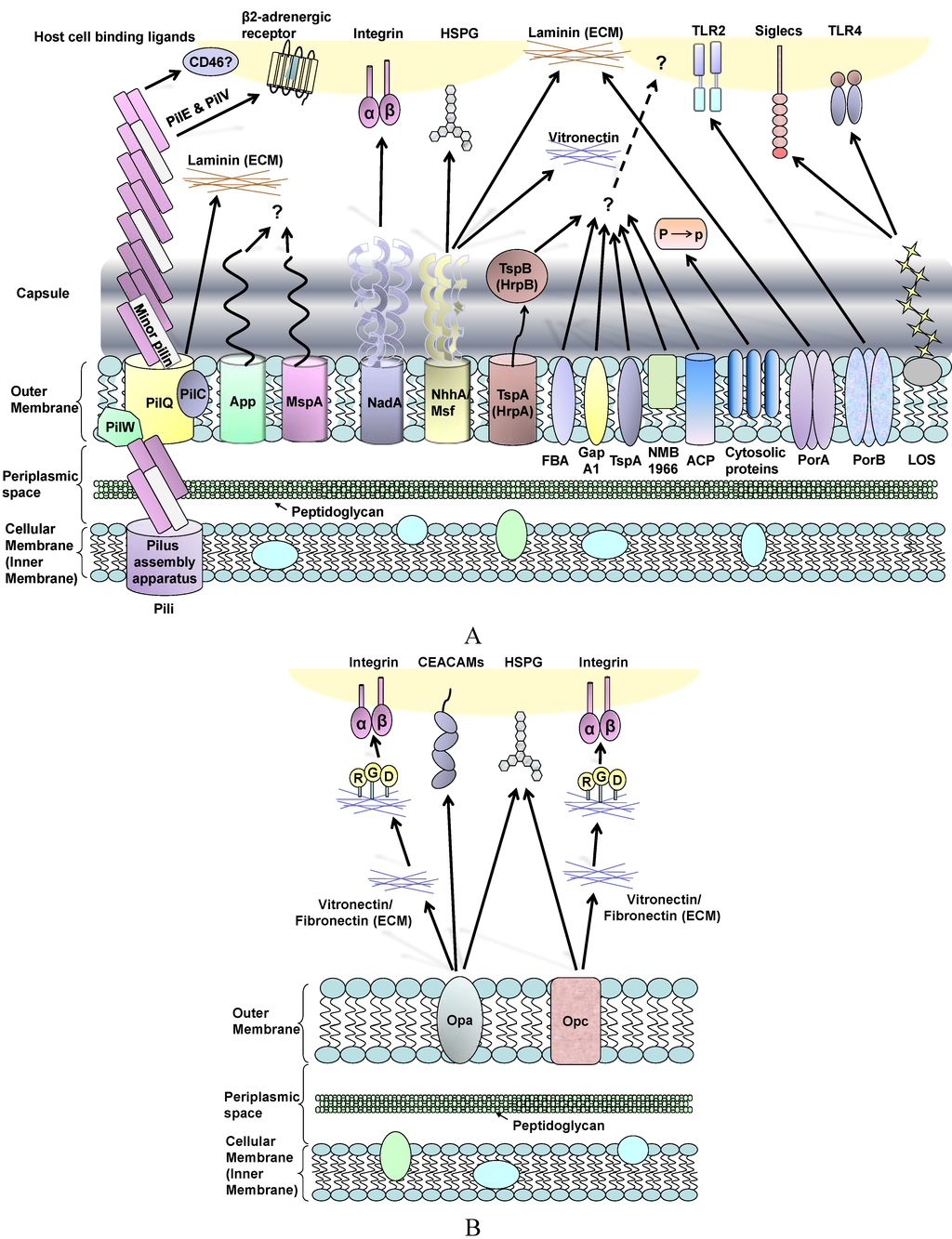
Biology, Free Full-Text
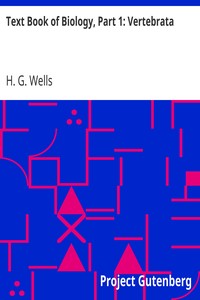
Text Book of Biology, Part 1: Vertebrata by H. G. Wells

Grade 9 Biology free full textbook ICSE

SUSTech Jixian Zhai's group develops protoplasting-free full-length single-nucleus RNA profiling technology in plants - SUSTech · SCHOOL OF LIFE SCIENCES
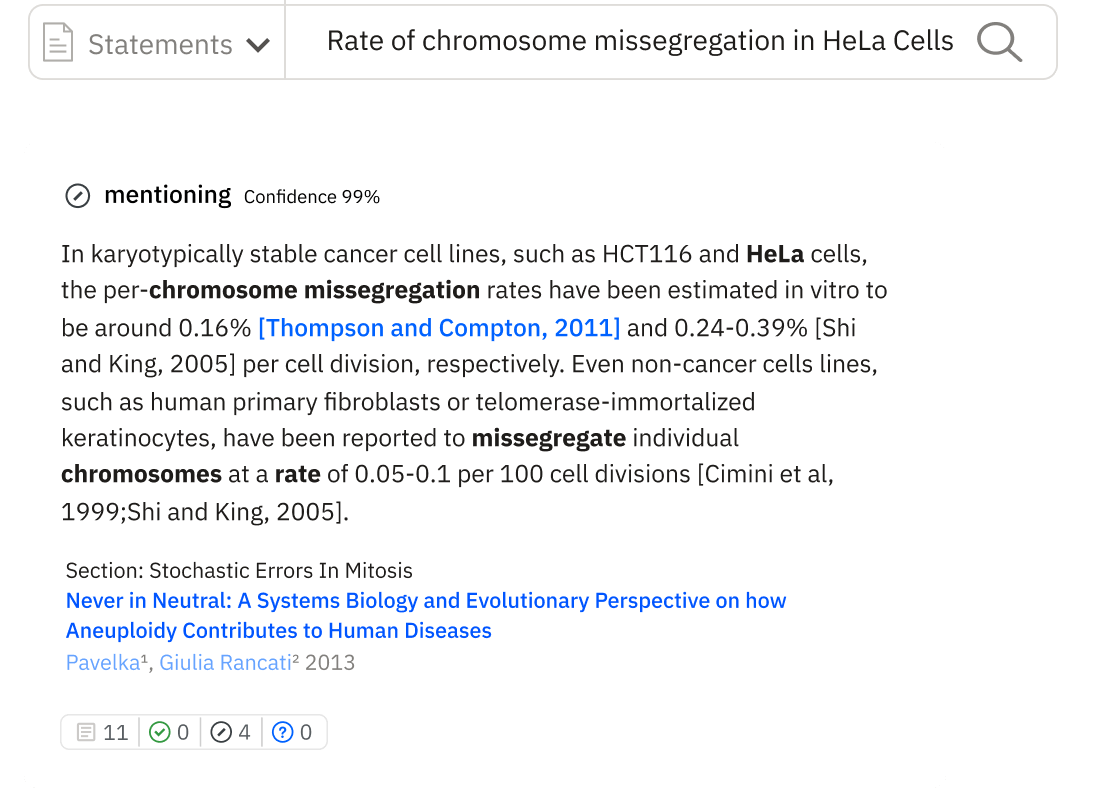
AI for Research
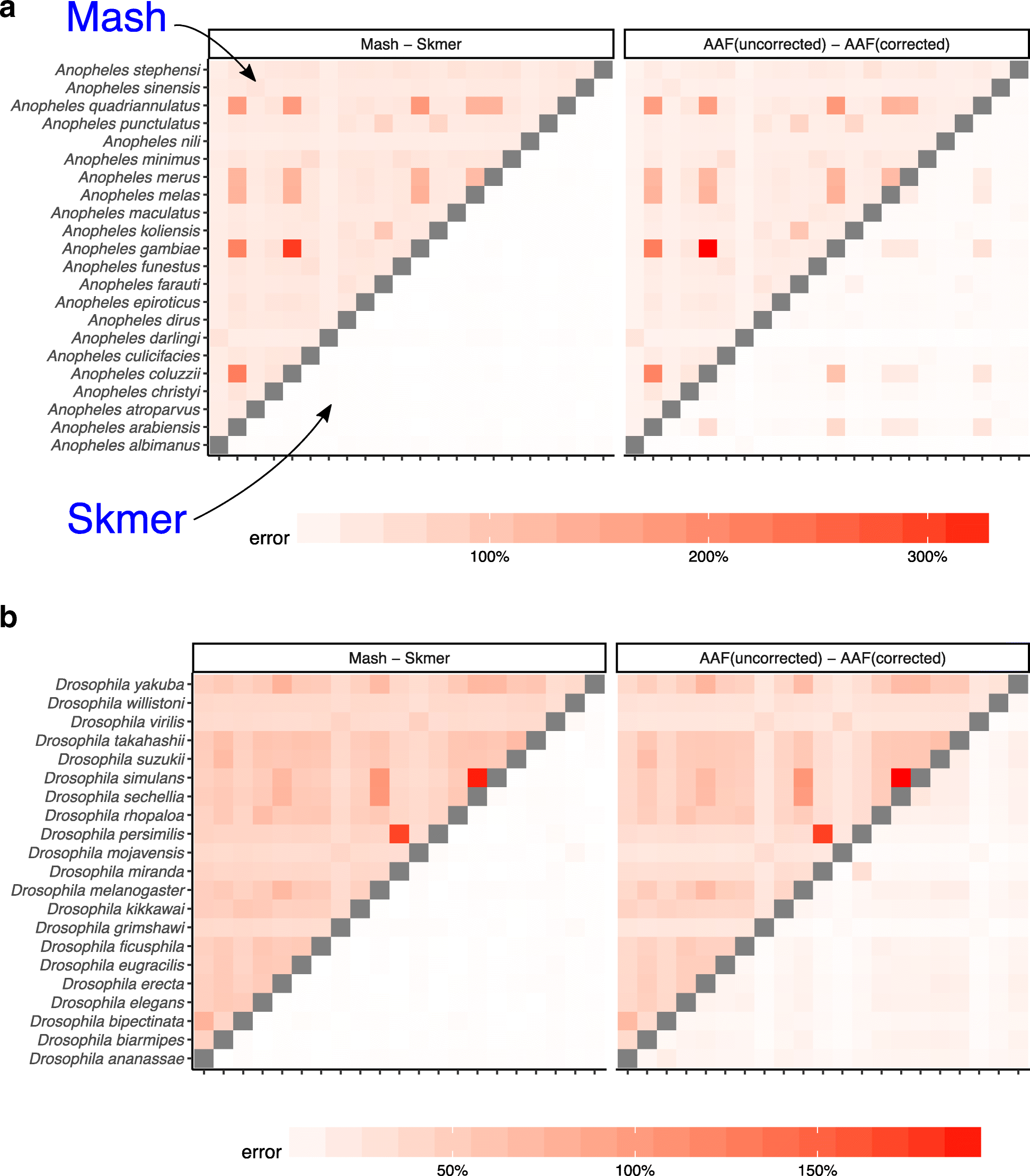
Skmer: assembly-free and alignment-free sample identification using genome skims, Genome Biology
de
por adulto (o preço varia de acordo com o tamanho do grupo)


